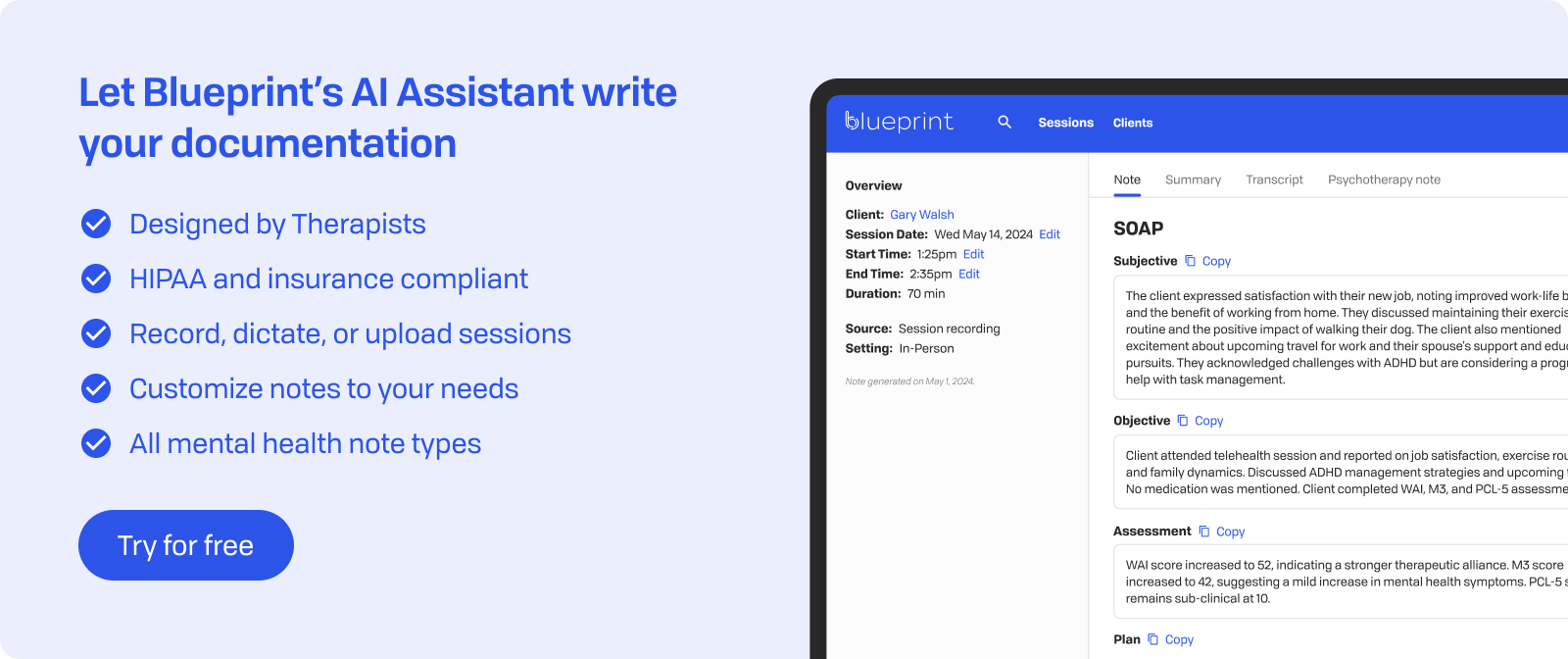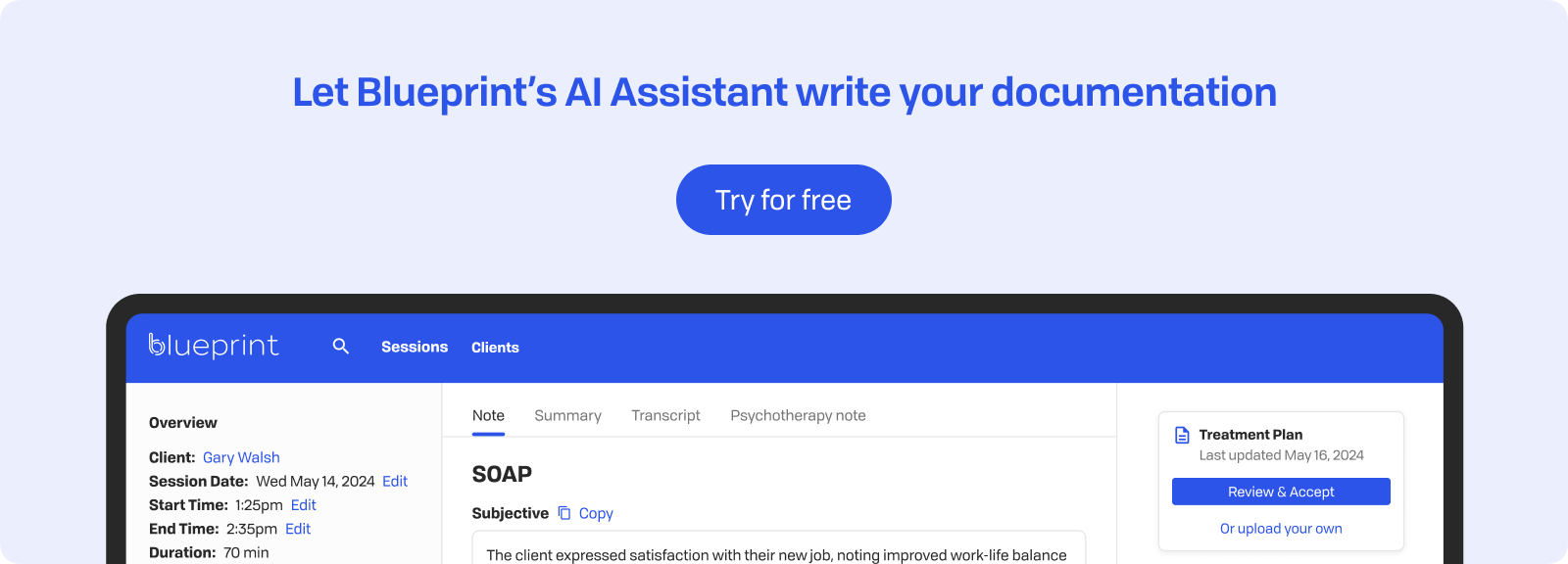In Brief
If you're looking for a trauma therapy approach that delivers results quickly without extensive homework or prolonged exposure to distressing memories, you might be interested in a relatively new modality, a brief treatment developed in 2008. This approach has gained popularity among clinicians working with clients experiencing PTSD, anxiety, grief, and other trauma-related issues.
What sets this intervention apart is its ability to help clients process traumatic memories and disturbing images in just a few sessions. Unlike traditional talk therapy, which can take months or years, this method often achieves significant symptom reduction in 1-5 sessions, though more complex trauma may require more sessions.
The structured nature of this approach appeals to both therapists and clients who prefer having a clear roadmap for treatment. With specific steps and measurable outcomes, it offers a refreshing alternative to more open-ended therapies.
What Accelerated Resolution Therapy Is and Why It Matters
Accelerated Resolution Therapy (ART) is a brief, evidence-informed psychotherapy that uses bilateral eye movements to help clients process and resolve traumatic memories, anxiety, grief, and distressing images. Laney Rosenzweig developed ART in 2008, combining elements from established therapies into a unique protocol that may resolve symptoms in 1-5 sessions for single incident traumas. The approach targets how distressing memories and images are stored in the brain, allowing clients to retain their memories while removing the associated emotional and physical distress.
While ART shares the use of eye movements with EMDR (Eye Movement Desensitization and Reprocessing), it differs in application and philosophy. ART employs a more directive approach with specific techniques like Voluntary Image Replacement and a metaphor-based structure. Unlike EMDR, which requires verbal processing of traumatic content, ART lets clients process memories without sharing details aloud. This "keep the secret" element appeals to clients who feel shame or reluctance about discussing their trauma.
For therapists, ART offers several advantages that make it a valuable addition to their toolkit. The protocol is highly structured with clear decision points, reducing uncertainty and cognitive load during sessions. ART often achieves significant symptom reduction in a few sessions, with many single-incident traumas resolving in 1-5 sessions. Other presenting issues may require more time. The standardized nature of ART makes it a powerful and efficient tool for clinicians who master its specific protocols and therapeutic stance.

Mechanisms and Change Processes
ART works by tapping into memory reconsolidation, the brain's natural way of updating stored memories when they're reactivated. During an ART session, traumatic memories become temporarily flexible, allowing new, less distressing associations to replace the original emotional charge. This neurological process allows for the emotional and sensory components of a distressing memory to be replaced with new, less distressing associations, helping clients recall their experiences without the associated panic, anxiety, or physical sensations..
The protocol uses three main mechanisms to support healing:
- Voluntary Image Replacement (VIR): Clients actively choose positive or neutral images to replace disturbing mental pictures. This technique gives clients control in their healing process while directly addressing intrusive imagery that often maintains trauma symptoms.
- Brief Imaginal Exposure: Unlike prolonged exposure therapies, ART uses short bursts of memory activation, typically 30 seconds or less, reducing client distress while still accessing the traumatic material for processing.
- Bilateral Eye Movements: Smooth, rhythmic eye movements serve dual purposes. They regulate physiological arousal, keeping clients within their window of tolerance, and enhance attentional flexibility, allowing the brain to process information more effectively.
These mechanisms work together to create what ART practitioners call "the erasure effect"—where distressing sensations, emotions, and images tied to traumatic memories are removed while factual recall remains intact. The rapid back-and-forth eye movements seem to speed up the brain's natural healing processes, similar to how REM sleep helps process daily experiences. This combination of controlled exposure, active imagery work, and bilateral stimulation creates the conditions for profound and lasting change.
Client Fit, Preparation, and Contraindications
ART suits clients who have identifiable traumatic memories or distressing images they want to resolve. Ideal candidates include those with PTSD, specific phobias, grief, anxiety disorders, and depression linked to traumatic experiences. Clients need enough emotional stability to handle brief activation of distressing memories and should have basic affect regulation skills. Those actively using substances may need stabilization first, as intoxication interferes with memory reconsolidation.
Thorough screening is important before beginning ART. Key areas to assess include:
- Dissociative symptoms: Clients with severe dissociation may need specialized preparation or alternative approaches, as ART requires maintaining dual awareness during processing.
- Psychotic features: Active psychosis or severe reality testing impairments contraindicate ART due to the imagery work involved.
- Medical concerns: Uncontrolled seizures, severe migraines triggered by eye movements, or recent eye surgery require medical clearance.
- Cognitive capacity: Clients must understand instructions and engage with metaphors used in the protocol.
Setting realistic expectations helps enhance treatment success. Explain that ART moves quickly—emotions may intensify briefly during processing before resolving. Unlike traditional therapy, there's minimal homework beyond noticing changes between sessions. Clients should understand they control what they share verbally and can process memories without detailed disclosure. Prepare them for potential temporary increases in dreams or emotional sensitivity immediately following sessions, which typically resolve within 24-48 hours.
Obtaining informed consent includes discussing the eye movement component, expected session length (60-90 minutes), and typical treatment duration (1-5 sessions, though this may vary depending on complexity). Address any concerns about the rapid pace while emphasizing that processing speed varies individually.

Session Flow and Protocol Elements
ART sessions follow a predictable structure that helps clients feel safe while processing difficult material. Each session starts with an introduction to the process and establishing a baseline using the Subjective Units of Distress Scale (SUDs). Clients rate their distress from 0 (no distress) to 10 (extreme distress), providing a clear measure to track progress throughout the session.
The core protocol consists of several key phases:
- Initial Assessment: Identify the target memory or image, establish SUDs baseline, and ensure client readiness to proceed with eye movements.
- Eye Movement Sets: Guide clients through horizontal eye movements while they hold the distressing image or memory in mind. Sets typically last 30-40 seconds with breaks to check in and reassess SUDs levels.
- Desensitization Phase: Continue eye movement sets until the client's SUDs rating drops significantly, usually to 2 or below. This indicates the emotional charge has been processed.
- Voluntary Image Replacement: Once desensitized, clients create and install a preferred image to replace the distressing one using additional eye movement sets.
- Positive Resourcing: Strengthen positive emotions and sensations associated with the new image through focused eye movements.
Session closure involves ensuring client stability before leaving. Check that SUDs remain low, provide grounding exercises if needed, and normalize any lingering sensations. Post-session stabilization might include brief breathing exercises or bilateral tapping. Between sessions, clients simply notice changes without formal homework assignments. Some therapists suggest keeping a simple log of any shifts in symptoms or new insights that emerge.
Therapist Stance and Communication
Effective ART involves adopting a specific therapeutic stance that blends structured protocol with a warm, attuned presence. This means you follow the steps while staying deeply connected to your client's immediate experience. Picture yourself as a compassionate guide who knows the path but walks alongside your client.
Your language choices greatly influence the session's effectiveness. Use phrases that support client agency and control:
- "Notice what comes up" instead of "Tell me what you see"
- "Let your eyes follow my fingers at whatever speed feels right" rather than dictating pace
- "You're in charge of this process" to emphasize safety and autonomy
- "What would you prefer to see instead?" when facilitating image changes
Precise imagery work requires specific communication skills. Ask for concrete details about colors, textures, and spatial relationships when helping clients create new images. This specificity anchors the new neural pathways more effectively than vague descriptions.
Pacing and calibration are key during memory activation. Watch for signs of overwhelm:
- Physical indicators: Rapid breathing, muscle tension, or freezing
- Emotional signals: Tears, voice changes, or sudden withdrawal
- Cognitive markers: Confusion, dissociation, or inability to follow
When activation increases, slow the eye movements, take breaks, or offer grounding techniques. Regular safety checks—"How are you doing?" or "What's your number now?"—help clients stay within their comfort zone while processing difficult material. Your calm presence acts as an anchor, helping clients navigate intense emotions while maintaining the awareness necessary for successful processing.

Integration and Documentation
ART fits smoothly with existing CBT and trauma treatment plans, adding to your current therapeutic approach rather than replacing it. When you incorporate ART into ongoing therapy, use it as a focused intervention for specific traumatic memories or distressing images while keeping your broader treatment framework. You might use CBT techniques to address cognitive distortions between ART sessions or apply mindfulness practices to reinforce the calm states achieved through bilateral stimulation.
Track symptom change consistently across multiple areas:
- Pre/post SUDs ratings for each target memory processed
- Weekly trauma symptom assessments using validated measures like the PCL-5 or IES-R
- Functional improvements in sleep, relationships, and daily activities
- Frequency of intrusive thoughts or nightmares related to processed memories
Documentation should capture key elements of each ART session while protecting client privacy. Include:
- Target memories/images addressed (coded if sensitive)
- Initial and final SUDs for each target
- Number of eye movement sets completed
- Replacement images chosen by the client
- Safety concerns or unusual reactions
- Between-session changes reported
For telehealth delivery, ensure your setup supports smooth eye tracking. Position your camera at eye level, use a well-lit space, and practice finger movements within the screen boundaries. Some clinicians use digital tools or light bars designed for remote bilateral stimulation. Test your internet connection beforehand—lag can disrupt the rhythmic movement essential to ART's effectiveness.
Room setup for in-person sessions requires enough space for arm movement and comfortable seating that allows clients to track your fingers without straining their neck. Remove distracting visuals from the client's line of sight during eye movements.
Implementation and Training
Building proficiency in ART requires mastering specific skills beyond general therapy abilities. Key abilities include:
- Smooth bilateral stimulation: Practice finger movements in front of a mirror until they're fluid and consistent, maintaining a steady rhythm at different speeds.
- Rapid assessment skills: Quickly identify target memories and gauge client readiness for processing.
- Metaphor fluency: Get comfortable with ART's unique metaphors like "clearing the smoke" or "changing the channel."
- Containment expertise: Master techniques for managing intense activation while keeping forward momentum.
Regular practice drills speed up skill development. Set aside time weekly to rehearse eye movement patterns, practice SUDs scaling with colleagues, and role-play challenging scenarios like client resistance or unexpected emotional flooding. Many therapists find recording themselves helpful for refining their technique.
Consultation groups provide great support during initial implementation. Meeting biweekly with other ART practitioners allows troubleshooting of difficult cases and refinement of protocol delivery. Online communities offer additional resources for discussing non-responders or complex presentations.
For early success, select clients with:
- Single-incident traumas rather than complex PTSD
- Clear, accessible target memories
- Minimal dissociative features
- A strong therapeutic alliance already established
Common challenges with non-responders include rushing through protocol steps, insufficient rapport before starting eye movements, or attempting ART with clients who need stabilization first. When clients don't respond, revisit preparation and ensure they understand the voluntary nature of image replacement.
Ethical considerations include staying within your competence level—complete certified training before offering ART independently. Recognize when clients need specialized trauma treatment beyond ART's scope, particularly those with severe dissociation or active safety concerns.

Key Takeaways
ART works effectively through its unique combination of targeted imagery work and bilateral eye movements that help with memory reconsolidation. This approach changes how traumatic memories are stored in the brain, removing emotional distress while keeping factual recall intact. Typically, this method achieves results in 1-5 sessions for single-incident traumas, making it one of the quickest trauma interventions available.
Success with ART relies on several key factors:
- Thorough screening: Check for dissociation, psychosis, and medical contraindications before starting treatment.
- Precise pacing: Match eye movement speed to client tolerance and adjust based on activation levels.
- Clear structure: Follow the standardized protocol while remaining flexible for individual needs.
- Client readiness: Ensure basic affect regulation skills and informed consent about the rapid processing.
ART fits easily with existing treatment approaches. You can use it as a targeted intervention within broader CBT or trauma-focused therapy plans. The protocol complements rather than replaces other methods, allowing you to address specific traumatic memories while continuing your established therapeutic framework.
Documentation requirements are straightforward but important. Track initial and final SUDs ratings for each processed memory, note the replacement images chosen, and monitor changes between sessions. These metrics demonstrate treatment effectiveness and guide clinical decision-making.
Building competence requires deliberate practice and supervision. Start with straightforward cases, single-incident traumas with motivated clients yield the best early outcomes. Regular consultation with experienced ART practitioners accelerates skill development and helps troubleshoot challenging cases. Most therapists report feeling confident after processing 10-15 cases under supervision.

How Blueprint can help streamline your workflow
Blueprint is a HIPAA-compliant AI Assistant built with therapists, for the way therapists work. Trusted by over 50,000 clinicians, Blueprint automates progress notes, drafts smart treatment plans, and surfaces actionable insights before, during, and after every client session. That means saving about 5-10 hours each week — so you have more time to focus on what matters most to you.
Try your first five sessions of Blueprint for free. No credit card required, with a 60-day money-back guarantee.
























